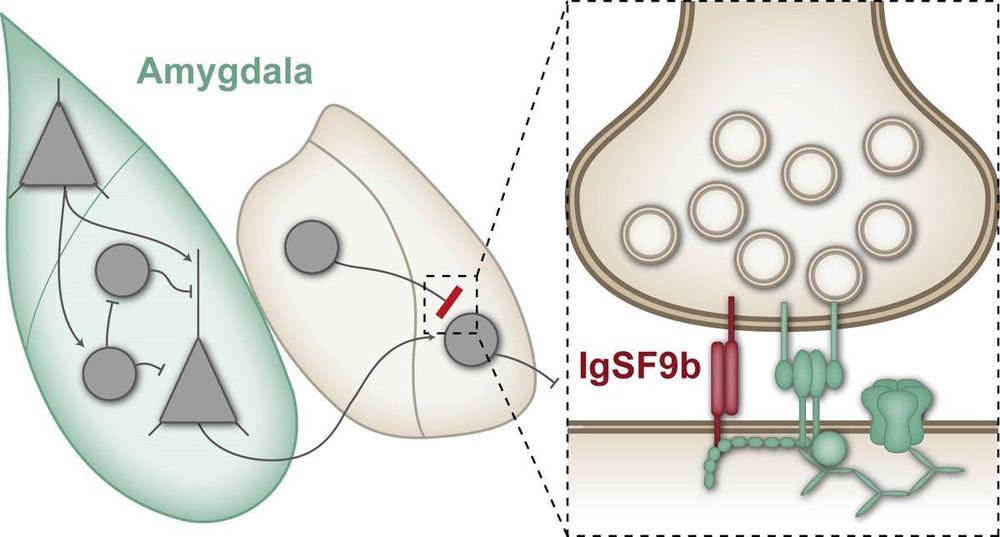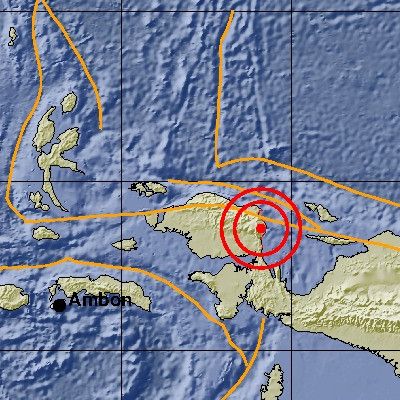And they’re getting closer to the marketplace all the time.
- By Stuart Biles on December 28, 2018


WASHINGTON (AP) — Most Americans say it would be OK to use gene-editing technology to create babies protected against a variety of diseases — but a new poll shows they’d draw the line at changing DNA so children are born smarter, faster or taller.
A month after startling claims of the births of the world’s first gene-edited babies in China, the poll by The Associated Press-NORC Center for Public Affairs Research finds people are torn between the medical promise of a technology powerful enough to alter human heredity and concerns over whether it will be used ethically.
Jaron Keener, a 31-year-old exhibit designer at Pittsburgh’s Carnegie Museum of Natural History, said he’s opposed to “rich people being able to create designer babies.”

Quantum computing will break most of the encryption schemes on which we rely today. These five tips will help you get ready.
Search on the phrase “quantum computing,” and you’ll find a furious debate. On the one hand, you’ll read breathless articles predicting groundbreaking advances in artificial intelligence, genomics, economics, and pretty much every field under the sun. On the other, you’ll find the naysayers: It’s all hype. Large-scale quantum computers are still decades away — if they’re possible at all. Even if they arrive, they won’t be much faster than standard computers except for a tiny subset of problems.
There’s one area, however, where you’ll find all sides agree: Quantum computing will break most of the encryption schemes on which we rely today. If you’re responsible for your organization’s IT or security systems, and that sentence made the hair on the back of your neck stand up, good. To get ready for a post-quantum world, you should be thinking about the problem now.

A reconceived farming system can rapidly improve fertility without chemical fertilizers, and without sacrificing crop yields.

Anxiety disorders are severe mental disorders in which patients suffer from intense fears and anxiety or from sudden, inexplicable panic attacks. In extreme cases, the affected individuals barely leave their homes, which can have serious consequences for their relationships with family and friends as well as for their professional lives. Scientists at the Max Planck Institute for Experimental Medicine in Göttingen have now identified a synaptic protein which, when inactivated, has an anxiolytic effect in mice.
Around 10 percent of the population suffer from anxiety disorders, and current treatment options only offer effective help for a proportion of those affected. One of the changes observed in the brains of patients with anxiety disorders is an increased neuronal activity in the amygdala, a brain region that plays a key role in processing emotions such as anxiety or fear. An overactivation of the amygdala is thought to be involved in causing exaggerated anxiety. Many anxiolytic medications such as benzodiazepines presumably normalize this overactivation by strengthening the function of inhibitory synapses.
Synapses are connections between nerve cells in the brain, at which information is transmitted from one nerve cell to another. At inhibitory synapses, this transmission results in a reduction in the activity of the neighbouring nerve cells. In the amygdala, for instance, this inhibits the transmission of stimuli that trigger fear and anxiety. Benzodiazepines strengthen this inhibitory effect—but unfortunately they affect not only those inhibitory synapses that transmit anxiogenic stimuli but also many other inhibitory synapses in the brain. This can lead to significant side effects such as pronounced sedation and impaired concentration. Accordingly, scientists are searching for new, more specific targets for anxiolytic medications.

Such a good news for the holidays! Wonderful food ranking of the 100 most nutritious foods, published in PloS journal. Notice the eighth best place- pork fat: “… 8. PORK FAT 632kcal, $0.95, per 100g A good source of B vitamins and minerals. Pork fat is more unsaturated and healthier than lamb or beef fat…” And for my Bulgarian and other Balkan friends, even better, the seventh best food is the cheapest, time-filling pumpkin seeds, we grew up with. Merry Christmas and a Happy New Year!

The next step for our Forever Healthy Berlin meetup…
We are a community collaborating on how to implement our early stage rejuvenation treatments.
The world has started the transition from an era where we were utterly helpless about our aging process to one where aging is under full medical control, and age-related diseases are a thing of the dark past.
We are not there yet, but the theoretical groundwork has been laid out, and scientists have successfully started working on the fundamentals. The first human rejuvenation therapies are under development and with Senolytics, NAD+ Restoration, Lipid Replacement, Decalcification, mTOR Modulation, Geroprotectors, and others some of those therapies are already available to the early adopters today.

Thanks to Authority Magazine and Fotis Georgiadis for the interview — Bioquark inc. (http://www.bioquark.com) — Regeneration, Disease Reversion, Age Rejuvenation — https://medium.com/authority-magazine/the-future-is-now-we-a…cc6dc8ebf1


A 6.1-magnitude earthquake jolted West Papua on Friday morning, the Meteorology, Climatology and Geophysics Agency (BMKG) reported.
The earthquake struck at around 10 a.m. local time, with its epicenter located some 55 kilometers southeast of South Manokwari and predicted to be 26 km deep.
“It did not trigger a tsunami,” a BMKG spokesperson said in a press release, adding that no casualties were reported as of yet.